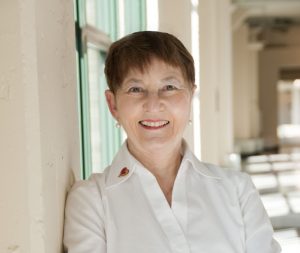Personal note
The past two weeks have been a whirlwind of meeting new people at networking events: The Women’s Business Exchange, Magnetic Women Business Networking, The Twin Cities Human Resources Association, Women in Networking, and Women of Words.
In each case, I met energetic, enthusiastic, talented women who are driven to pursue their dreams. As a woman I cheer them on; as a stress expert and an advocate for women and cardiac disease, I continue to pursue my goal to provide them with the best information on the planet as to how to follow their dreams and attain the quality of life they desire.
On May 19, I am proud to be a presenter at the Minneapolis Heart Institute Foundation’s FREE heart health screening. If you are in or near Minneapolis, please join us for this value-laden event, featuring
- Heart health presentations at 9, 10 and 11 AM
– Stress management (THAT”S ME!)
– Heart-healthy eating
– Exercise for every body - Nordic walking demonstrations
- Healthy living resources and displays
- Prizes and more!
Saturday, May 19, 2012
8 AM – 1 PM
Richfield Community Center – Nicollet and Augsburg Rooms
7000 Nicollet Ave. S
Please join us!
Movement is good for you
It’s now official: MOVEMENT IS GOOD FOR YOU.
Oh, wait, you knew that already. And you’re doing it, right?
Well, not right now, but as soon as you have time.
Of course that time never seems to come.
But what if regular sessions of movement actually helped create time in your life by helping you learn faster, and by making you feel more refreshed and vital so that you tackle tasks with zest and get them done quickly? Would that be a more powerful motivator for you? Or at least make you curious enough to try some of the suggestions coming from newer research on movement, such as:
Exercise makes you smarter.
With the increased blood and oxygen flow that comes with exercise, you can improve your learning ability. In fact, the Centers for Disease Control has issued a paper advising more physical activity for students, and where that advice has been followed, students have made dramatic improvements in academic achievement and test scores. There is even evidence of increased creation of new brain cells.
How much exercise? A little jogging in place is great, but even just standing up can improve your brain activity by about 8%. And my elementary school teachers (now deceased) would be horrified to learn that even chewing gum counts as exercise in this context.
That little exercise break you allow yourself can end in a solution to a problem that you have been puzzling over for some time.
Another motivator: Reduce your pain and stiffness.
One of the things that keeps us from exercising when we haven’t done so for a long time is that we know in advance that we will feel stiff and it will hurt. But you don’t have to do dramatic things to overcome that stiffness.
For example, you may raise your eyebrows at the idea that raising them will improve movement and your sense of well-being, but that was the idea at a recent IDEA Personal Trainer Institute in Alexandria, Virginia.
Turns out there is a long band of fascia, the connective tissue that surrounds the muscles, which starts at the bottom of your feet, extends up your legs, behind your back and neck, and ends at the forehead. Like a rubber band, it stretches when you bend over and touch your toes. That is, it should stretch, but injury and overuse can form knots in this tissue so that it doesn’t glide along the muscle, as it should.
Raising your eyebrows or getting a neck or foot massage can help this long band become more flexible. Or you can start at the other end: Take a tennis ball and roll it back and forth under your foot a few seconds. When you stand up and try to touch your toes, you will find it is much easier. Why? Feet are restricted by shoes much of the day, and those little knots that affect that long band of fascia inevitably build up. Your little surreptitious – and cheap – foot therapy can help fix that.
Ankle rotations under your desk, slow side-to-side neck stretches, big overhead arm stretches, all contribute to a sense of release that will help keep you functioning during a busy day.
If you do just a little bit of exercise consistently, you will find that you miss it very much when you can’t do it. You may even find that, now that you have the habit, you want more, and then more.
Hey, it worked that way with chocolate, didn’t it? Just try it.


